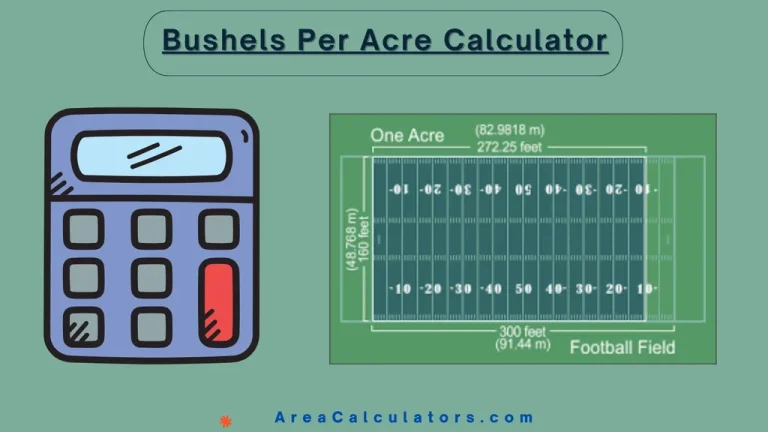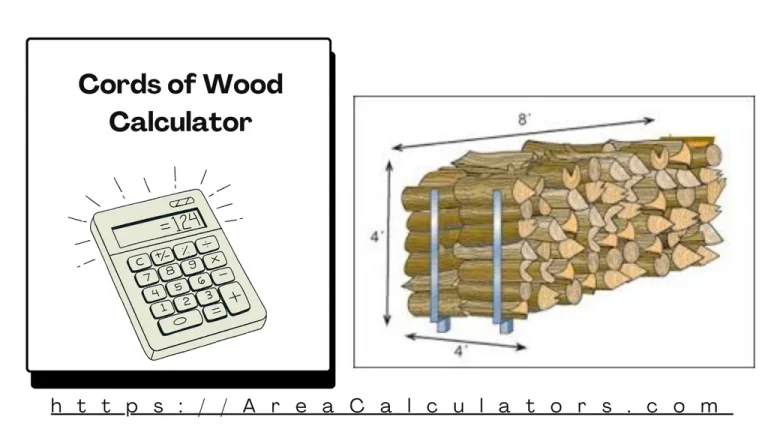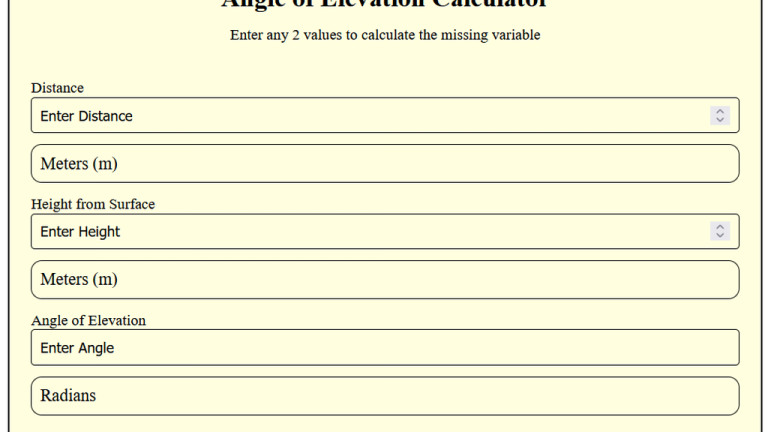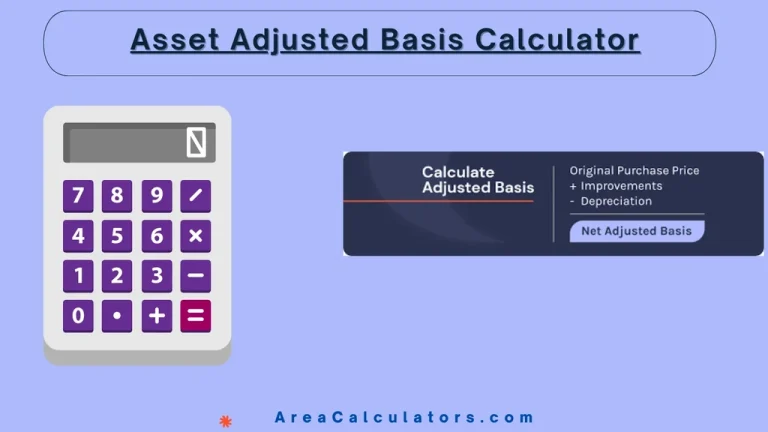Diagonal Distance Calculator
To calculate the diagonal distance, apply the Pythagorean theorem: the square root of the sum of the squares of the horizontal and vertical lengths.
The Diagonal Distance Calculator is used to measure the diagonal length of a rectangle or square. Thus, it helps you find the shortest distance across from one corner to another.
This calculation is especially useful in geometry, design, construction, and screen sizing. Whether you are determining the size of a TV screen or the diagonal measurement of a room, this calculator simplifies the process.
Formula
| Variable | Description |
|---|---|
| DD | Diagonal distance |
| V | Vertical length (height) |
| H | Horizontal length (width) |
Solved Calculations
Example 1: For a rectangle with a height of 6 feet and a width of 8 feet, the diagonal distance is:
| Step | Calculation |
|---|---|
| Height (V) | 6 feet |
| Width (H) | 8 feet |
| Formula: | = = |
| Result | 10 feet |
Answer: The diagonal distance is 10 feet.
Example 2: For a square with a side length of 5 meters, the diagonal distance is:
| Step | Calculation |
|---|---|
| Side length (V = H) | 5 meters |
| Formula: | = = |
| Result | 7.07 meters |
Answer: The diagonal distance is 7.07 meters.
What is the Diagonal Distance Calculator?
The “Diagonal Distance Calculator” is a unique tool. You can effortlessly use it to calculate the diagonal distance of various shapes, including rectangles, squares, and triangles. The diagonal is the straight line that connects opposite corners of a shape, and finding this distance can be essential in fields like construction, design, and engineering.
Basically, the calculator uses known dimensions, such as the length and width of a rectangle, or side lengths in the case of a square, to determine the diagonal distance.
To use the Diagonal Distance Calculator, simply input the relevant dimensions (like length and width for rectangles, or side length for squares) into the tool. The calculator will instantly provide the diagonal distance in the desired units, whether it’s square feet, square meters, or inches.
Final Words:
In conclusion, the Diagonal Distance Calculator is a quick and accurate way to measure diagonal lengths for various shapes. It’s perfect for anyone working in fields that require precise measurements of distance, such as architecture or interior design.




